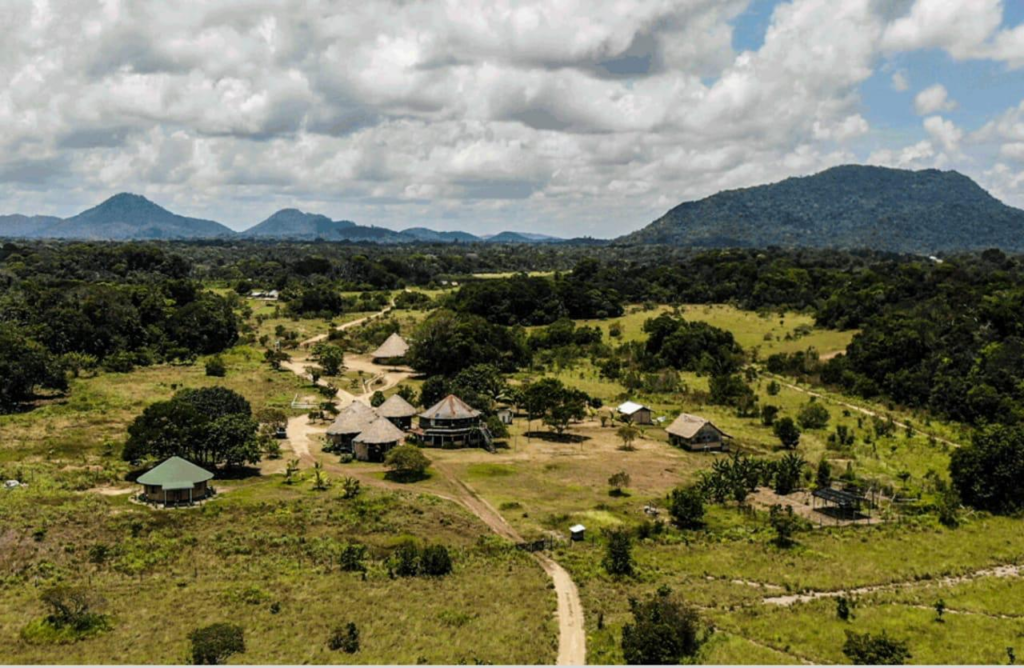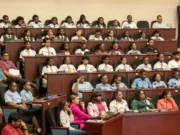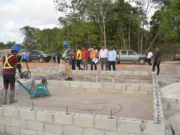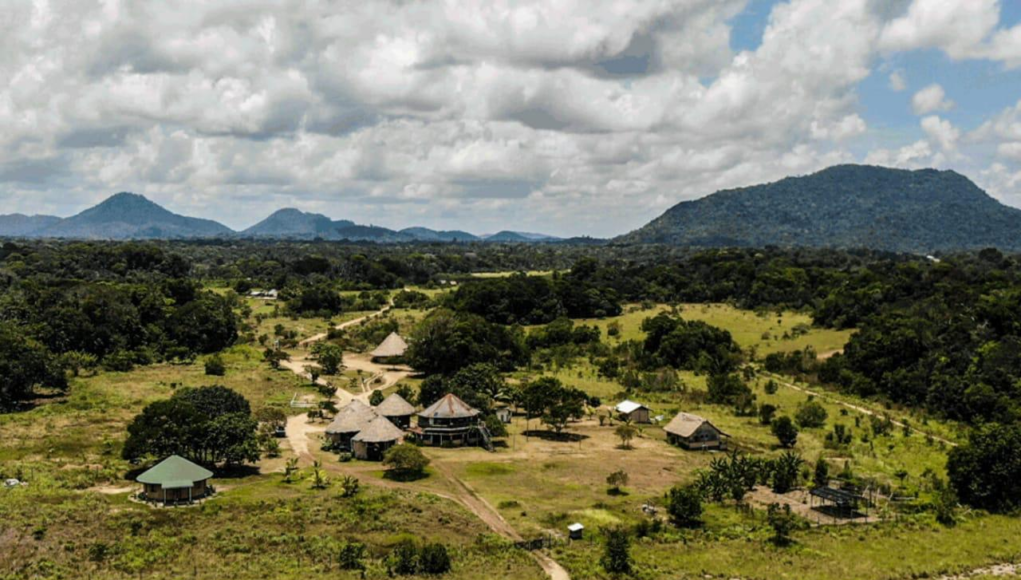By: Sueann Wickham
Guyana, while known for its pristine natural beauty and diverse cultural heritage, has long faced a hidden crisis that demands our attention and action. Deep within its hinterlands and indigenous areas, sexual abuse and exploitation have cast a dark shadow over the lives of vulnerable communities. With this article, the Guyana Standard aims to delve into the harsh reality of this issue.
The Ongoing Crisis
Sexual abuse and exploitation in Guyana’s hinterlands have persisted for decades, affecting the indigenous populations disproportionately. These communities, often isolated and marginalized, face a unique set of challenges when it comes to addressing and combating this crisis. Limited access to education, healthcare, and legal resources has made them particularly vulnerable. A 2019 report by UNICEF noted that sexual abuse of children is a persistent problem in Guyana, especially in the hinterlands and during a case study 65.3 percent of the respondents indicated that it was accepted as a social norm in Guyana, while 23.1 percent of respondents stated that sexual abuse was not accepted.
Further, its said 76.9 percent of informants suggested that grooming contributes to sexual violence against children in Guyana, and feel that it should not be tolerated even though it may be acceptable in some communities, particularly the poorer, more economically depressed communities.
Vulnerable Populations
Indigenous women and children are the most vulnerable to sexual abuse and exploitation in these remote areas. Their limited economic opportunities and lack of social infrastructure exacerbate the risks they face. Poverty and lack of education can lead to desperation, making them more susceptible to exploitation.
Perpetrators and Patterns
Perpetrators of sexual abuse and exploitation come from various backgrounds, including individuals within the communities and outsiders who exploit the isolation of these areas. Patterns often involve promises of employment, economic assistance, or other forms of support. Once victims are ensnared, they are subjected to physical, emotional, and sexual abuse, often with little hope of escape. The UNICEF report even noted that “When asked if they believed that some communities perpetrate more of one kind of violence, there was the general view among both KII (Key informant interviews) and focus group respondents that in the Amerindian and hinterland communities, there is a higher rate of incest compared to the coastal areas. Similarly, it has been suggested that more cases of teenage pregnancies can be observed in hinterland and Amerindian communities where this phenomenon is seen as a cultural norm.”

The Legal Framework
Guyana has laws in place to combat sexual abuse and exploitation. However, the implementation of these laws in remote areas can be challenging due to the limited presence of law enforcement and legal resources. Additionally, the fear of reprisal and stigma can deter victims from reporting these crimes.
Efforts to Address the Crisis
Various organizations and NGOs are working tirelessly to address this crisis. They provide support to survivors, raise awareness, and work with local communities to prevent further exploitation. Government initiatives have also been launched to improve access to education and healthcare in these areas, aiming to uplift indigenous communities and reduce vulnerability.
Challenges Ahead
While progress is being made, significant challenges remain. Addressing sexual abuse and exploitation in Guyana’s hinterlands requires a multifaceted approach that involves not only legal and law enforcement measures but also economic empowerment, education, and cultural sensitivity. Breaking the cycle of abuse is a long-term endeavour that demands sustained commitment.
Expanding on the Ministry’s Role
The Ministry of Human Services, and Social Security for years has been expanding to include responsibilities related to sexual exploitation and has maintained a crucial role in the welfare of women and children over the years.
The Child Care and Protection Agency (CC&PA) particularly plays a vital role in the protection of children in Guyana. This department investigates and processes reports of various forms of abuse against children throughout the country, working closely with other ministries, including the Ministry of Legal Affairs, Ministry of Youth and Sports, Ministry of Health, and Ministry of Education, as well as organizations like Help and Shelter and the Guyana Responsible Parenthood Association.
In 2018, the CC&PA announced plans to launch advertisements in four different Amerindian languages during Child Protection Week to combat alarming rates of child abuse cases in the hinterland region. According to the former Director of the Agency, Ann Greene, most of the 481 cases of child sexual abuse recorded for that year had occurred in Regions 10 (Upper Demerara-Berbice) and Seven (Cuyuni-Mazaruni). She had noted that the challenge lies in bridging the gap between cultural norms and the law, as some communities tolerate underage sexual activities, which are against the law.

Child Population and Sexual Abuse
Guyana’s child population comprises nearly 50 percent of the entire population, with children defined as individuals under the age of 18. While reports suggest the prevalence of sexual abuse among children, reliable data remains limited due to cultural and social factors inhibiting victims from coming forward. However, the department had previously reported that approximately 10 percent of domestic violence cases involve child abuse, indicating a need for close monitoring and support.
Challenges in Addressing Sexual Exploitation
Sexual exploitation of children is challenging to address due to several factors, including the secrecy and silence of family members who fear losing financial support from perpetrators, limited manpower for nationwide monitoring, victims’ reluctance to testify against perpetrators, inadequate infrastructure for children in abusive situations, and a lack of legislation to facilitate the removal of children from abusive environments.
Measures to Combat Child Abuse
Efforts are underway to address child abuse, including the review of laws related to child abuse, such as the Domestic Violence Act (1996). This act legislates against all forms of domestic violence and provides civil remedies for protection, occupation, and tenancy orders. The establishment of a Constitutional Commission on the Rights of the Child, with functions related to child abuse monitoring, evaluation, and investigation, is another significant measure to strengthen child protection.
Combating sexual exploitation requires the collective action of the state, government agencies, communities, families, and professionals, such as teachers, police, and medical personnel. The commitment to protecting children’s rights is evident, but addressing this complex issue demands ongoing cooperation and awareness.
The crisis of sexual abuse and exploitation in Guyana’s hinterlands and indigenous areas is a stark reality that must not be ignored. The vulnerable populations in these regions deserve our attention, support, and protection. While Guyana receives props for its natural beauty and its rich resources are celebrated worldwide, we must also strive to protect the dignity and well-being of its people, especially those in vulnerable communities.













